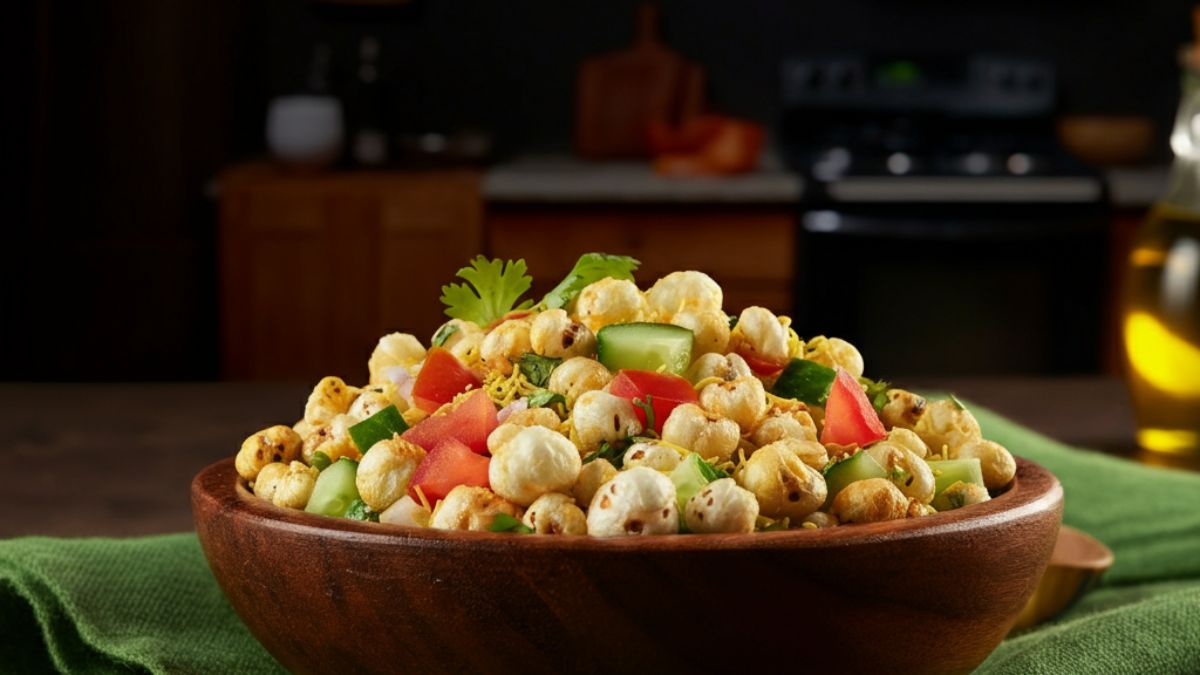When it comes to baking, few things evoke the warmth of home and the joy of sharing like a freshly baked scone. Whether enjoyed with clotted cream and jam or simply on their own, scones are a delightful treat that can also reflect our commitment to sustainability. In this blog post, we’ll explore not only a delicious scone recipe but also how we can incorporate energy conservation, waste reduction, sustainable food choices, and eco-friendly transportation into our baking practices. So, let’s dive into the world of scones while keeping our planet in mind!
1. Energy Conservation: Baking with Purpose
Before we get into our scone recipe, let’s discuss energy conservation. Baking can sometimes be energy-intensive, but there are several ways to minimize your energy usage while still whipping up a batch of delightful scones.
Choose the Right Oven
Using a conventional oven can consume a lot of energy. If you have a convection oven, consider using it instead. Convection oven circulate hot air around the food, allowing for more even cooking at lower temperatures. This means you can bake your scones at a lower temperature, saving energy without sacrificing quality.
Batch Baking
If you’re planning to bake scones, why not make a double batch? Not only does this save time, but it also reduces the energy spent on preheating and baking. You can freeze the extra scones for later, ensuring you have a delicious treat on hand whenever you need it.
Use Energy-Efficient Appliances
If you’re serious about energy conservation, consider investing in energy-efficient appliances. Look for ovens with an Energy Star rating, which indicates they meet energy efficiency guidelines set by the U.S. Environmental Protection Agency. These ovens can help you save money on your energy bills while reducing your carbon footprint.
Optimize Your Baking Time
Another way to conserve energy is by optimizing your baking time. Make sure to have all your ingredients ready before preheating your oven. This way, you can minimize the time the oven is on and reduce energy consumption.
2. Waste Reduction: Scone Scraps and Beyond
Baking can often lead to waste, but with a little creativity, you can reduce your kitchen waste significantly. Here are some tips to minimize waste while making your scones.
Repurpose Leftover Ingredients
When baking scones, you might find yourself with leftover ingredients like buttermilk or cream. Instead of letting them go to waste, think about how you can incorporate them into other recipes. For example, leftover buttermilk can be used in pancakes or dressings, while excess cream can be whipped into a topping for desserts.
Use Every Bit of Dough
When cutting out your scones, you’ll likely have scraps of dough left over. Instead of discarding these, gather the scraps together, gently knead them, and cut out additional scones. This not only reduces waste but also means more delicious scones for you to enjoy!
Composting
If you do have food waste that cannot be repurposed, consider composting. Composting is an excellent way to reduce waste while enriching your garden soil. If you have fruit scraps, vegetable peels, or even old scones that have gone stale, toss them in your compost bin instead of the trash.
Smart Storage
Proper storage can also help reduce waste. Scones are best enjoyed fresh, but if you have leftovers, store them in an airtight container to keep them from going stale. You can also freeze them for later enjoyment. Just remember to wrap them tightly to prevent freezer burn.
3. Sustainable Food Choices: Ingredients Matter
The ingredients you choose for your scone recipe can have a significant impact on the environment. Opting for sustainable food choices not only benefits the planet but can also enhance the flavor of your baked goods. Here’s how to make more sustainable ingredient choices for your scones.
Go Organic
Choosing organic ingredients is a great way to support sustainable farming practices. Organic farming avoids synthetic fertilizers and pesticides, which can harm the environment. Look for organic flour, sugar, and dairy products when making your scone recipe. Not only are they better for the planet, but they often have a richer flavor.
Local and Seasonal Ingredients
Whenever possible, source your ingredients locally. Local farmers’ markets are a fantastic place to find fresh, seasonal produce and dairy products. Using local ingredients reduces the carbon footprint associated with transportation and supports your community’s economy. Plus, local ingredients are often fresher and tastier!
Fair Trade Products
When it comes to sugar, chocolate, or any other ingredient that may be imported, consider choosing Fair Trade certified products. Fair Trade ensures that farmers receive fair wages and work under safe conditions, promoting social and economic sustainability. By choosing Fair Trade, you’re making a positive impact on communities around the world.
Plant-Based Alternatives
If you’re looking to make your scones even more sustainable, consider using plant-based alternatives. For example, you can substitute dairy milk with almond milk or oat milk, and butter with coconut oil or vegan butter. These alternatives can reduce the environmental impact of your baking while still producing delicious results.
4. Eco-Friendly Transportation: Getting to the Kitchen Sustainably
Now that we’ve covered energy conservation, waste reduction, and sustainable food choices, let’s talk about how you can adopt eco-friendly transportation methods to get to your kitchen or grocery store.
Walk or Bike
If you live close to a grocery store or farmers’ market, consider walking or biking instead of driving. Not only is this a great way to reduce your carbon footprint, but it also provides you with some exercise and fresh air. Plus, you’ll have a chance to enjoy the sights and sounds of your neighborhood!
Carpooling
If you need to drive, consider carpooling with friends or family. Sharing rides not only reduces the number of cars on the road but also makes grocery shopping a social outing. You can split the cost of gas and enjoy each other’s company while you shop.
Public Transportation
Using public transportation is another excellent way to reduce your environmental impact. Buses and trains can carry many passengers at once, significantly lowering the carbon emissions per person. If you’re planning a trip to a larger grocery store or farmers’ market, check out local transit options.
Plan Your Trips
To minimize unnecessary trips, plan your grocery shopping in advance. Make a list of the ingredients you need for your scone recipe and any other meals you plan to prepare. This way, you can make fewer trips to the store, saving time, gas, and reducing your carbon footprint.
The Ultimate Scone Recipe
Now that we’ve explored how to make our baking practices more sustainable, let’s get to the heart of the matter: the scone recipe! Here’s a simple and delicious scone recipe that embodies the principles of sustainability.
Ingredients
- 2 cups all-purpose flour (preferably organic)
- 1/4 cup granulated sugar (consider using Fair Trade sugar)
- 1 tablespoon baking powder
- 1/2 teaspoon salt
- 1/2 cup unsalted butter (or coconut oil for a vegan option)
- 1/2 cup milk (dairy or plant-based)
- 1 teaspoon vanilla extract
- 1 cup fresh or frozen berries (blueberries, raspberries, or strawberries work wonderfully)
Instructions
- Preheat the Oven: Preheat your convection oven to 375°F (190°C). If using a conventional oven, preheat to 400°F (200°C).
- Mix Dry Ingredients: In a large mixing bowl, whisk together the flour, sugar, baking powder, and salt until well combined.
- Cut in the Butter: Using a pastry cutter or your fingers, cut the butter into the dry ingredients until the mixture resembles coarse crumbs. If using coconut oil, make sure it’s solid but not too cold.
- Add Wet Ingredients: In a separate bowl, combine the milk and vanilla extract. Pour this mixture into the dry ingredients and stir until just combined. Do not overmix!
- Fold in Berries: Gently fold in the berries, being careful not to break them up too much.
- Shape the Dough: Turn the dough out onto a lightly floured surface. Pat it into a circle about 1-inch thick. Cut the dough into wedges or use a round cutter to make individual scones.
- Bake: Place the scones on a lined baking sheet and bake for 15-20 minutes, or until golden brown on top.
- Cool and Serve: Allow the scones to cool slightly before serving. Enjoy them warm with clotted cream, butter, or your favorite jam.
Storing Scones
If you have leftovers, store them in an airtight container at room temperature for up to two days. For longer storage, freeze them in a freezer-safe bag for up to three months.
Conclusion: Baking with a Purpose
Baking scones can be an enjoyable and rewarding experience, especially when you incorporate sustainable practices into your kitchen routine. From energy conservation and waste reduction to making sustainable food choices and using eco-friendly transportation, every little effort counts towards a healthier planet.
So, the next time you whip up a batch of scones, remember that you’re not just creating a delicious treat; you’re also making a positive impact on the environment. Embrace the joy of baking while being mindful of our planet, and share your scones with friends and family, spreading the message of sustainability one bite at a time.











